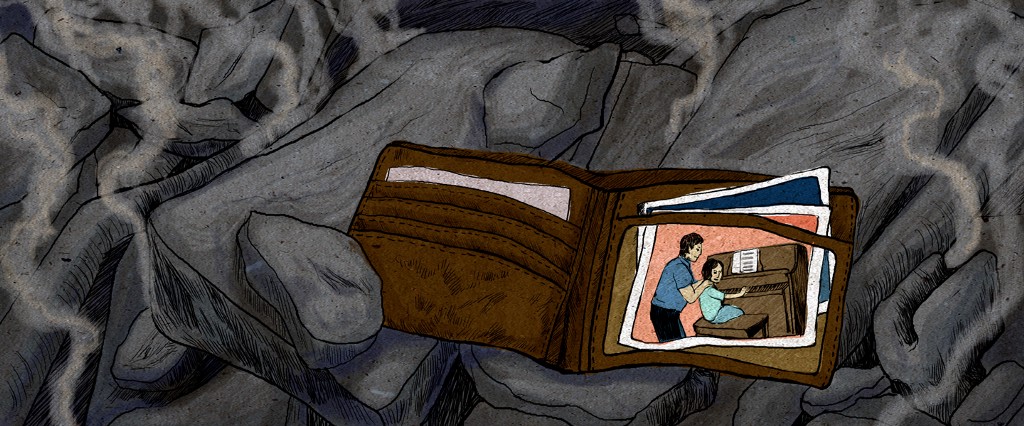H er father said he worked at the top of the Tower, midway between the ground and the sky. So he must have been in there, somewhere, when the plane hit and the Tower vanished on September 11, 2001.
He wasn’t supposed to be there. Not really. He was an undocumented immigrant. He had no work permit. His papers were forged. But he was definitely there, right at the top. She was sure of it. Where else could he be?
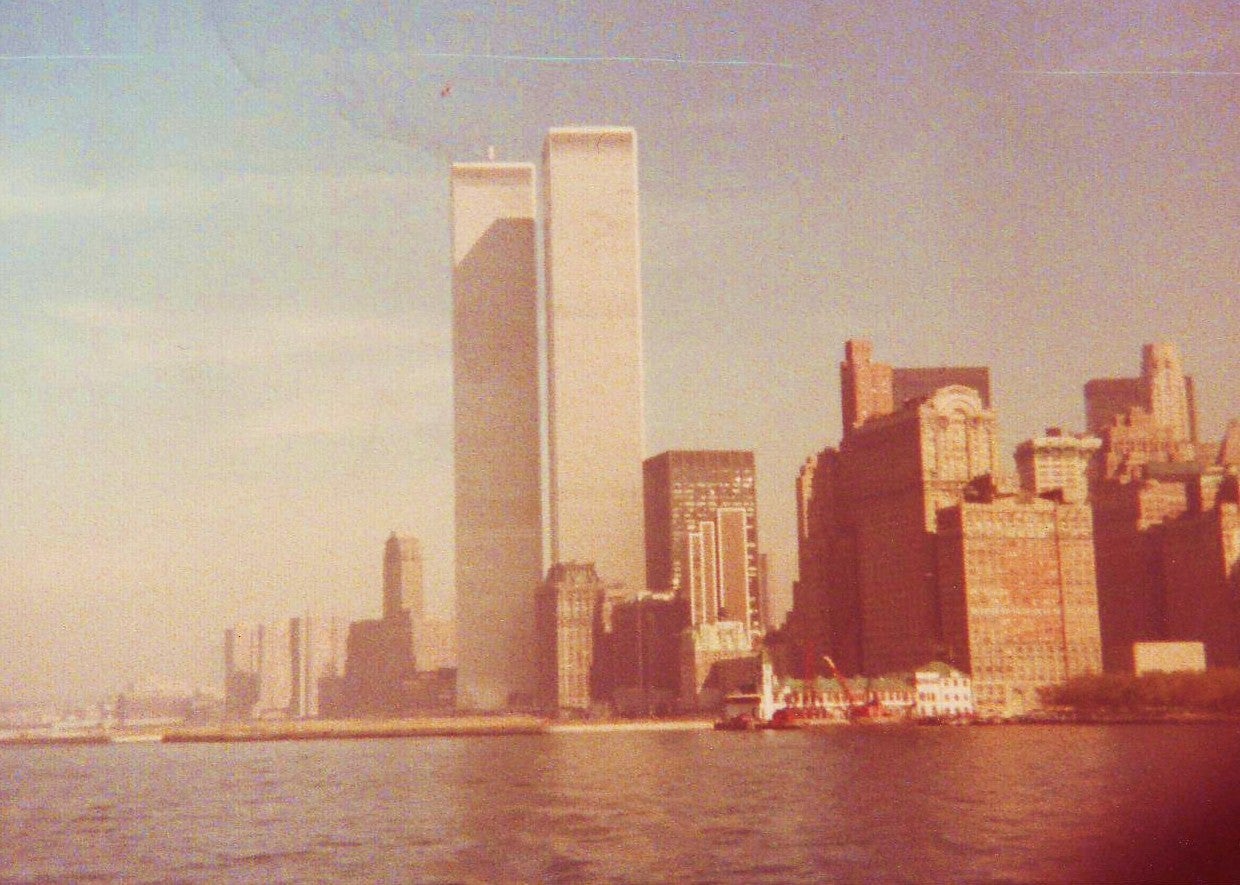
She was 27 when her 47-year-old father died on live television. First, she scanned the screen for a third plane. Then she watched the Tower burn and buckle and break into pieces. There he went at 9:28:22 a.m. There went Arturo Alva-Moreno.
“At first, I thought it was a TV movie,” Laura Ariadne Alva Corrilla tells me. “Then I burst into tears. I lived with my husband in Mexico City. I turned to him and screamed, ‘My dad’s in there!’ I couldn’t believe what I was seeing.”
Arturo had told her he washed dishes at Windows on the World, the fancy restaurant at One World Trade Center, up on the 106th floor. He made a few bucks an hour, but he sent cash to Mexico whenever he could. Then he’d call his family and bore them with tales from the Tower: Stories of men in suits and women with briefcases, and how he’d scrape their plates clean.
“Once he said, ‘You should see the steaks over here!’” Laura remembers. “In Mexico, the steaks are as thin as paper. In America, they’re thick and delicious and served with cooked vegetables.”
The cash stopped in the second week of September 2001, and there were no more stories from the restaurant at the top of the world. But there was another phone call. The man on the line was from the Mexican Consulate, the one opposite the Chrysler Building. Someone had found Arturo’s wallet in the rubble, hidden beneath the twisted metal and scattered debris. The call confirmed what Laura already knew: Her father died in the World Trade Center. “The man from the consulate described the wallet and the photos he kept inside,” she says. “There were pictures of my brothers, and one of me playing the piano.”
She says the rest happened quickly: The consulate allegedly contacted the New York City Police Department, who allegedly contacted the medical examiner’s office, who added Arturo’s name to the death toll. There was no body, but Arturo was definitely dead. The U.S. government told Laura so.
His name was read out on the six-month anniversary, and on the first, and on the second. Arturo Alva-Moreno, they said at every memorial ceremony. Arturo Alva-Moreno of Mexico City. For those first two years, he was everywhere: on CBS and FOX and ABC and Univision; on the news ticker in Times Square; on the commemorative banner at U2’s Super Bowl halftime show.
Then he was gone.
The chief medical examiner’s office couldn’t confirm Arturo’s death, or if he even lived in New York. They wanted proof — work records, an address, an identification card — but Laura didn’t have any. So the authorities removed his name from the roll call of the dead, and the media never mentioned him again.
This was the second time Laura had lost her father, and it hurt just as much the first. “It was absurd, really absurd,” she says. “They asked me if dad had a U.S. bank account and a Social Security number. But an illegal immigrant wouldn’t have those things. It was one obstacle after another.”
Arturo’s wallet? The consulate didn’t have it. Or the police department. “The only piece of evidence that existed just disappeared,” Laura says. “Somebody lost it, just like that.” (The Mexican Consulate didn’t respond to MEL’s request for comment. The New York Police Department said they wouldn’t have any record of a conversation about the wallet if it happened, and suggested MEL contact the medical examiner’s office, who have not responded as of press time.)
Laura could no longer prove Arturo was the person she said he was: an American hero, not through citizenship or accomplishment or greatness, but in death. “He deserves recognition,” she says. “He served the people of New York for years.”
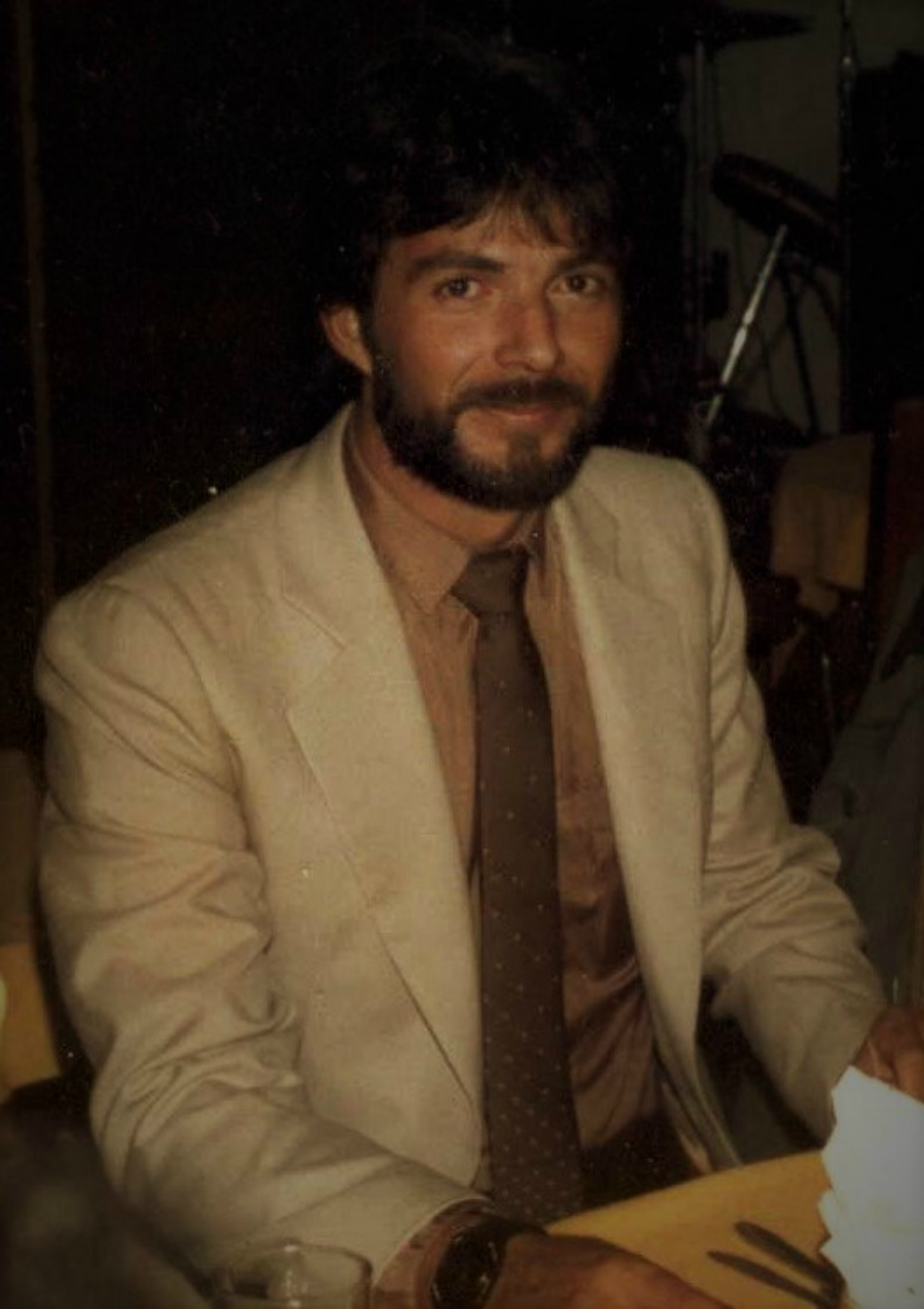
“Sure, dad wasn’t supposed to be in the U.S.,” she continues. “But he didn’t hurt anyone. And he didn’t deserve to die like that. He was a good, hardworking man who loved his family very much. We were going to see him once he got his green card.”
Laura remains certain her father died in that plume of smoke. This she knows for sure. It’s the unknowns, however, that gnaw and fester and keep her awake at night. She doesn’t know how long it took. How painful it was. If he was thinking about her. Or if America even cares.

Hermosillo, Mexico, sits three time zones and a constellation away from Manhattan. On a dusty side street in the northland, a little up from the 24-hour liquor place, Daniel Padilla’s law practice spans the second floor of a concrete chunk. He checks his email every morning, wondering if the answer has come — the solution to a head-scratcher that plagues him: Where is Arturo Alva-Moreno?
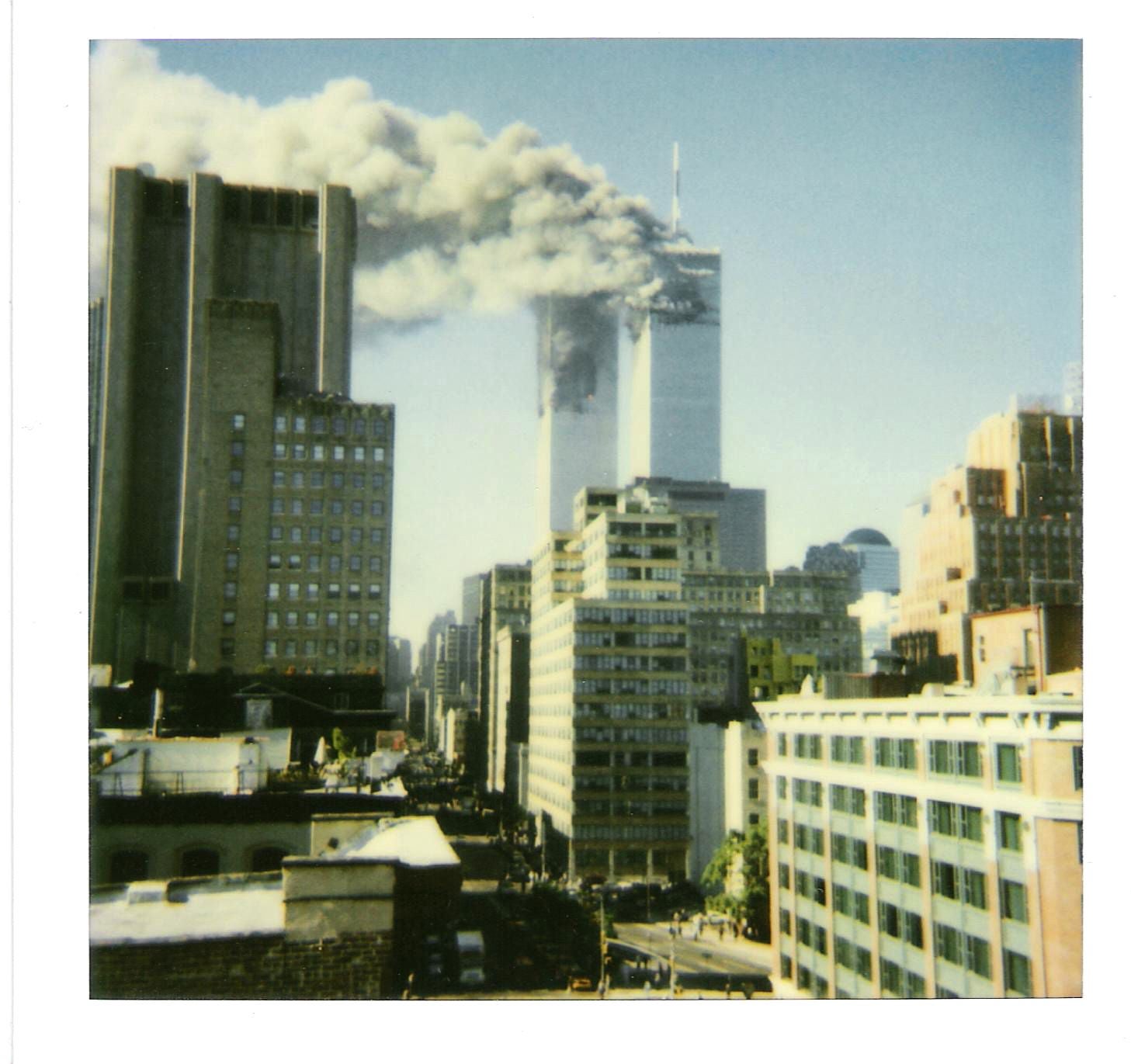
Padilla, 46, remembers the call from Washington, D.C. It came after the man fell, the Towers sank, the embers cooled, and the streets were swept clean. The Department of Justice needed his help — “16 Mexicans were reported dead, but they only discovered 15 bodies,” he recalls.
And so, the conundrum of Victim Zero was born.
“Many Mexicans worked in the U.S. under a false name or with a fake ID, which made it difficult for their loved ones to claim them,” Padilla explains. They — the undocumented — worked menial jobs, had no Social Security numbers, got paid in cash, sacrificed their identities. Arturo was part of this underground labor force — one of the invisible, careful not to leave a paper trail. Now, the feds wanted proof he lived in New York — “A document with his name on it, or a witness,” Padilla remembers — or his family wouldn’t receive a death certificate.
Laura thinks Arturo left Mexico City in 1994, but it’s unclear how he crossed the border or which path he took north. “His family said he lived in Paramount, California, then moved to New York sometime before his death,” Padilla says. Nobody had an address for him, either: “Apparently, he lodged with a guy from El Salvador, but they didn’t know his name.”
Padilla was handed a Gordian knot that tangled with every tug. Determined to untie it, he got on a 2,600-mile flight. All he needed was a pay stub or a utility bill or a receipt. Evidence for the Department of Justice. For Laura.
“I’d never been to New York, but Arturo’s family needed my help,” he says, later telling me that he took on the case pro bono.
Padilla went to One Police Plaza, the police department’s headquarters, where he met a detective who, like him, sought something — anything — that belonged to the 16th Mexican. “I asked him if he’d found any of Arturo’s stuff in the rubble. He hadn’t. The police discovered thousands of things, but there was nothing with his name.”
Next, Padilla tracked down some survivors. Windows on the World was located in the North Tower, the taller tower, the second one to fall. Seventy-nine employees worked there on 9/11: dishwashers, pot cleaners and napkin folders. A few of them got out before the Tower came down.
Surely somebody remembers Arturo, Padilla thought.
He showed the survivors a photo of Arturo. It resembled the “I Want You…” poster, the one that recruited U.S. troops.
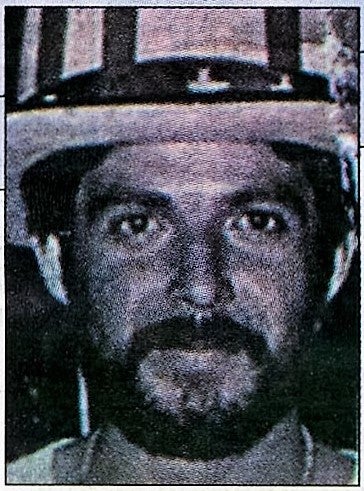
Arturo wears a Yankee Doodle hat. Tufts of hair shoot out from beneath the brim. His ears are big. His eyebrows are thick. His goatee is thicker. He is staring. His fingers are outside of the frame, but perhaps he’s pointing.
The survivors stared back at the man in the hat. No one recognized him. No one had seen him before. “No one!” Padilla says.
He contacted Verizon, “who confirmed that the Alva family’s home phone never received a single call from New York. Not one.” He met with a Mexican consular officer, “who said that the family’s first attorney quit.” He talked to Asociación Tepeyac in Midtown, a nonprofit that helps the undocumented find work: “Nobody knew Arturo.”
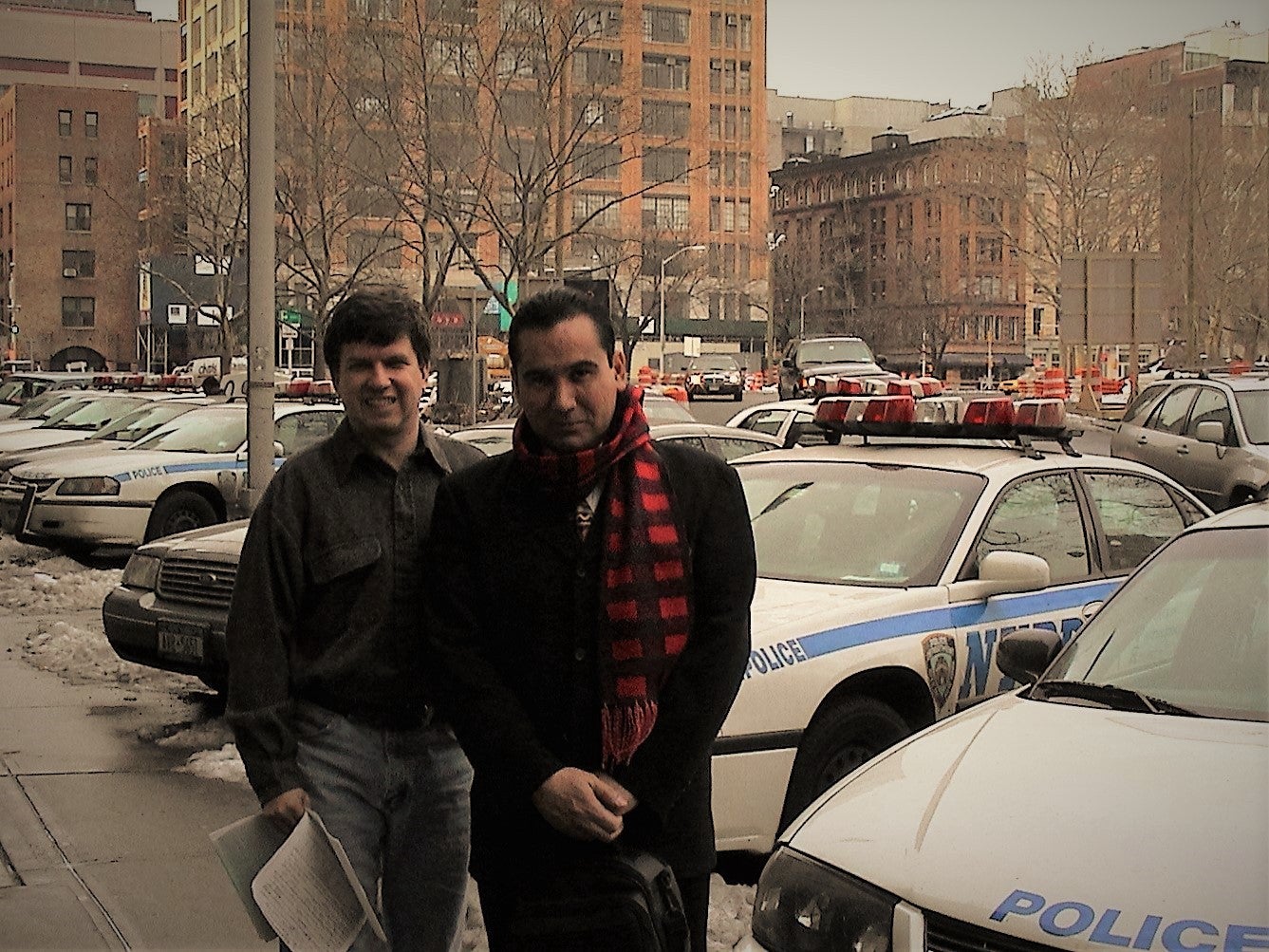
Padilla chews over the few clues. “Maybe Arturo was living under a different name like many other illegal immigrants,” he says. “But maybe he didn’t live in New York. Maybe he didn’t die in the 9/11 attacks. Who knows! The family’s payment from the September 11th Victim Compensation Fund could’ve reached $7 million. Can you believe that?”
He wonders if Arturo seized an opportunity — the ultimate opportunity — to disappear; if he exploited an American tragedy. “Many people I talked to in New York thought he was alive and living in California,” Padilla says. “I was thinking of searching for him, but I need time and money to do that.”
He searches the internet instead, on social networks and community forums. There’s nothing; Arturo doesn’t exist online. “If I ever find him, I’d turn him over to the police for trying to trick the U.S. government.”
Arturo now exists in a strange limbo. He isn’t an official 9/11 victim or a missing person. He’s just there — somewhere — neither dead nor alive, his current status not recognized by any government.
“The case is officially closed,” Padilla says, but it bubbles up every September before it drowns again. Last September, he thought about Laura: “We both pushed this case, and she seemed like she was suffering the whole time. Maybe she really believes her dad died in the Trade Center.”
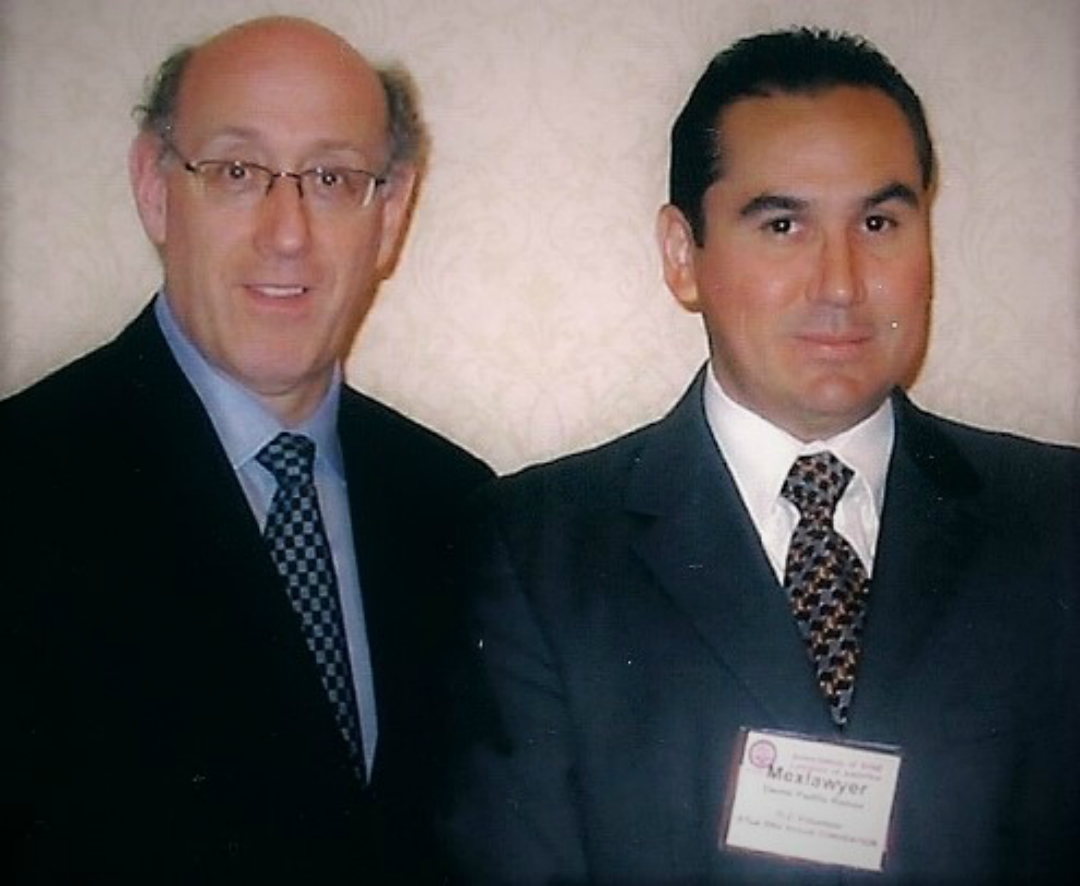
Padilla returned to New York last May and visited the 9/11 Memorial, where the names of the 2,753 Trade Center victims are inscribed in a shimmery bronze. He scanned the monument for Arturo Alva-Moreno: #2,754.
Christopher Allingham… Anna Allison… Janet Marie Alonso…
“He wasn’t there,” he says.
“I’m glad of that.”

Frank Warren collects people’s secrets. Strangers scribble them down on postcards, on scraps of paper, on boxes of Corn Flakes, on empty Starbucks cups and send them to his home in Maryland. He posts them on his blog, PostSecret — a sort of internet confessional where anonymous sinners seek repentance. “I lied about my dad raping me,” reads one. “I came back to L.A. to be with your brother, not you,” reads another.
Guilt, shame, deceit, lust, disgust — all of it ends up in Warren’s mailbox.
Warren tells me about his biggest secret, printed on a thin slice of pasteboard, uncrinkled, less than a quarter of a centimeter thick. “I received it a few years after 9/11,” he tells me. A murky silhouette of the Trade Center is on the front. The North Tower swirls with smoke. The South Tower is about to crumble. A message is written across the top in a pointy font:
Everyone who knew me before 9/11 believes I’m dead.
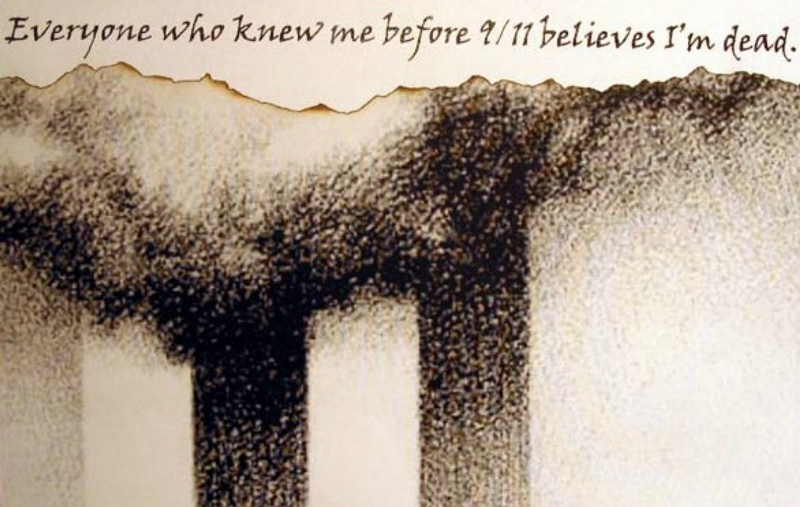
“The postcard seemed to open up a world of possibility,” says Warren, who shared it on his blog in 2005. “People have been fascinated by it ever since.” Perhaps because it reads like a declaration — a proclamation — from the 9/11 victim who wasn’t there, who never was: “I’ve been told by crisis workers that, in rare cases, people use disasters to restart their lives.”
The internet tried to decipher the riddle. Some armchair detectives thought Sneha Anne Philip, a physician from Battery Park City, sent it. Her family believed she ran into the Trade Center to help the injured, but the NYPD wasn’t so sure. They claimed Philip led a double life and that she intentionally disappeared. The case went to the New York Supreme Court. The family won. Philip became official victim no. 2,751.
Others thought the postcard was from Fernando Jimenez Molinar. He left Mexico at 16, worked at a pizza place downtown, called his mother every week. Then he stopped calling. The city didn’t issue a death certificate, and Molinar still isn’t an official victim.
The postcard might be a hoax, another 9/11 sham, like the Tourist Guy or the Wingdings Prophecies. But that doesn’t stop the fascination. “I don’t have any theories about the sender,” Warren says. “But maybe it’s not uncommon for us to wonder about escaping a bad marriage or a financial collapse.”
Warren won’t reveal the postmark. Or if there is anything written on the back. “No,” he says sharply. He is committed to protecting the anonymity of his senders.
So the speculation continues.

“Arturo was on my list of victims from the beginning,” says Kenneth Womack, author of The Restaurant at the End of the World, a novel about the final hours at Windows on the World. He finds it odd that Arturo’s name isn’t on the 9/11 Memorial: “Sneha Anne Philip and Juan Lafuente [a Cuban immigrant who worked eight blocks north of the trade center] are memorialized in spite of the hazy nature of their 9/11 stories.”
Womack has met the restaurant’s surviving staff members — the near-misses, the should’ve-been-theres. Some called in sick; others were late. These workers spoke of long hours and low pay, but “Windows was known as an immigrant-friendly establishment,” he says. Of the 70-plus employees on duty on 9/11, “55 hailed from countries other than the U.S.”
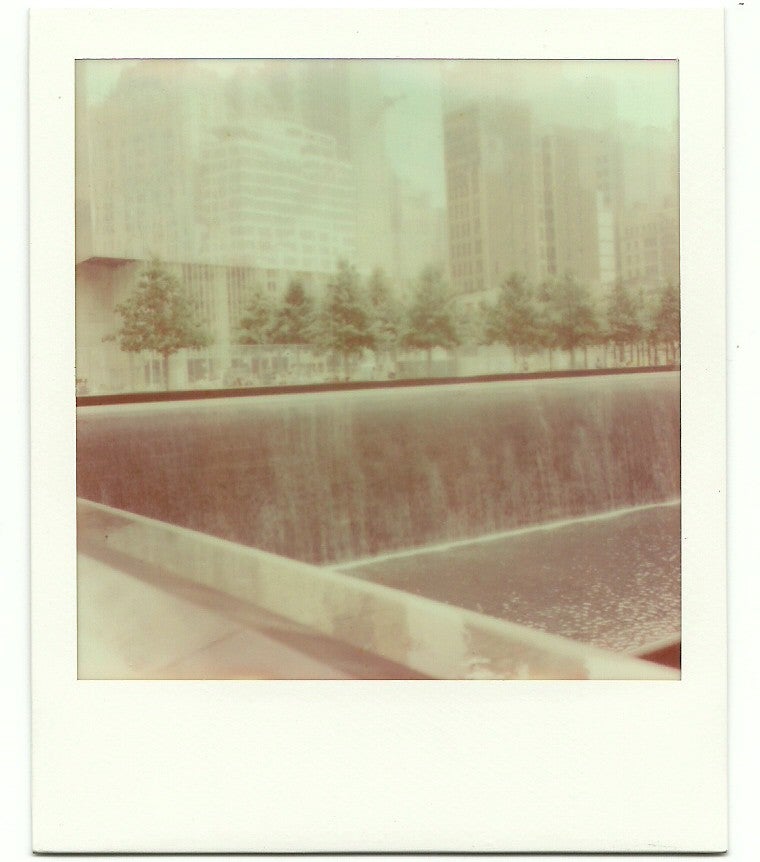
In the days after 9/11, the families of the Trade Center dead made the pilgrimage to Ground Zero. They spoke Spanish, Portuguese, Filipino, Bengali, Korean. They struggled to be heard. “Not only were they relegated to a second-class status, but immigrant relatives found it difficult to prove their loved ones died in the attacks,” Womack says. Paychecks, tax slips, employment contracts — without these documents, mothers and fathers and sons and daughters were ignored: “The lack of a paper trail created a roadblock when they tried to collect benefits.”
Without a sliver of evidence to support her assertion, Laura watched as, one by one, the 9/11 Memorial exalted all the other dead restaurant workers. A few of them — Antonio Javier Alvarez, Antonio Melendez, Leobardo Lopez Pascual — were Mexican nationals who’d fled the country for one reason or another, just like her father.
In 2011, Womack pointed out the omission to the memorial’s board of directors, who said it had nothing to do with them; the medical examiner’s office decided who was a legitimate victim. “By my account, 179 people died at Windows on the World,” he says.
DNA might solve this mystery. At the medical examiner’s office on East 26th Street, vacuum-sealed plastic pouches bulge with bone fragments, scooped from lower Manhattan’s streets when the Towers collapsed. Forensic scientists analyze saliva swabs, blood splotches, wisps of hair. They name the nameless. Families wait for 9/11’s lost bodies to come home.
It could take a while — there are more than 1,000 unidentified victims — but perhaps, one day, Laura will get her father back, too.

“If my dad were alive, it would be the best news in the world,” Laura says. “But he’s not. Dad wouldn’t abandon his children and his wife. If he were living in California, someone would’ve found him by now, right? His name and photo were all over the media. It’s absurd.”
In 2004, Norberto Terrazas, an attorney with the Mexican Consulate in New York, said there might have been a mistake. Perhaps someone gave Laura incorrect information about a wallet. He also stated that the Alva family initially reported Arturo missing.
But Laura denies this happened: “If the government wants to clarify anything, I’m always available. I didn’t commit any crime. I didn’t fraudulently report my dad missing. Nope, the consulate called me. They told me he died in the World Trade Center. They told me they found his wallet. They described the photos inside!”
Laura has no grave to visit. No place to mourn. So a candle flickers beside Arturo’s “ashes,” a mixture of scorched steel and shattered cement collected from the streets at Ground Zero. When she first visited New York, the mayor’s office gave her a wooden urn and a shiny plaque and one of those miniature American flags. So there Arturo sits on her shelf at home, next to the Star-Spangled Banner. “The terrorists snatched him from me,” she says. “That day will stay with me forever.”
Laura still lives in Mexico City. Her two daughters never met their grandfather, so she tells them about the good times — before the plane struck; before the hole in the skyline; before the hijackers. “I remember when I fell over as a kid, dad would make the sign of the crucifix on my forehead with his spit. He told me it would take away the pain.”
“Whenever I feel sad,” she continues, “I imagine dad signing my forehead with a crucifix. That makes me feel good.”
